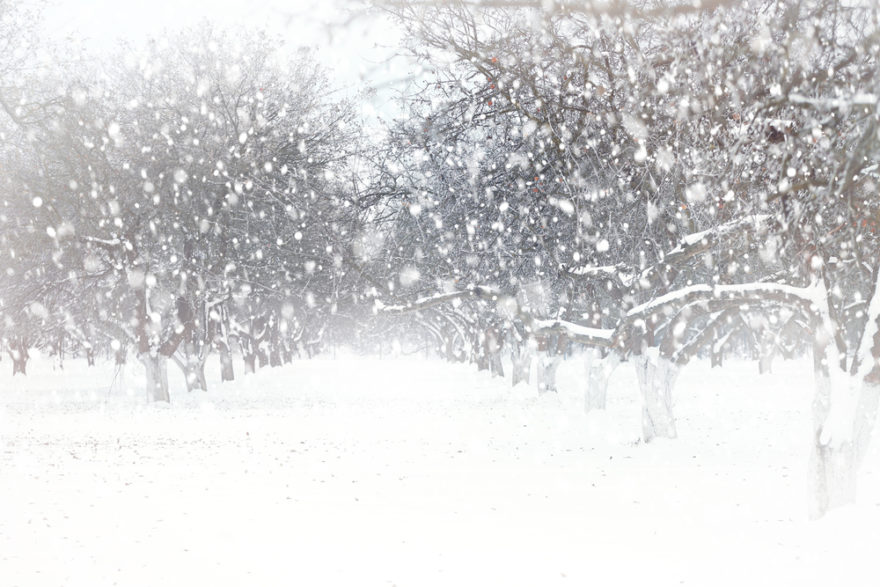Inspiration from the prairie
Like many young girls growing up in the American midwest, I read the “Little House” books by Laura Ingalls Wilder. One summer on vacation we even visited the Ingalls’ homestead in DeSmet, South Dakota. The South Dakota prairie is flat, flat, flat and in the winter it can be cold, cold, cold with the wind and snow blowing across it.
In this time of Covid, the story of The Long Winter has come into my mind several times, so I reread the book.
The Long Winter is a book of historical fiction based on the winter of 1880-1881, considered one of the harshest on record. The first blizzard comes in October and blizzards continue regularly through April, seven months in total.
Many people move into town to stay in community, counting on buying supplies through the winter. Unfortunately, at the beginning of January the train can no longer get through the deep snow drifts. Food, fuel and patience start to run out. In response, two young men risk their lives in between blizzards to find someone with wheat to sell on a farm 20 miles away. The men bring back enough to share among those in need, and the Ingalls family lives from February to April on the two bushels they purchase.
Here are some quotes that resonated with me related to our current situation.
Innovativeness
These times are too progressive. Everything has changed too fast. Railroads and telegraph and kerosene and coal stoves – they’re good things to have but the trouble is, folks get to depend on ‘em. (p. 191)
Yet when supplies of these “modern” resources run out, the Ingalls family demonstrates innovativeness:
– Making fuel for the fire out of hay when coal runs out
– Grinding flour in the coffee mill for making brown bread when seed wheat is their only source of food
– Creating a button lamp using axle grease, calico fabric and a button when the kerosene runs out
Fatigue
[Laura] was tired of the cold and the dark, tired of brown bread and potatoes, tired of twisting hay and grinding wheat, filling the stove and washing dishes and making beds and going to sleep and waking up. She was tired of the blizzard winds. There was no tune in them any more, only a confusion of sound beating on her ears. (p. 237)
Resilience
At the start of yet another blizzard …. Then suddenly [Pa] shook his clenched fist at the northwest. “Howl! blast you! howl!” he shouted. “We’re all here safe! You can’t get at us! You’ve tried all winter but we’ll beat you yet! We’ll be right here when spring comes!” (p. 286)
Hope
Of course spring does come at the end of the book, and it closes with Christmas in May and everyone singing a new song with this chorus:
“Then what is the use of repining,
For where there’s a will, there’s a way,
And tomorrow the sun may be shining,
Although it is cloudy today.”
And as they sang, the fear and the suffering of the long winter seemed to rise like a dark cloud and float away on the music. Spring had come. The sun was shining warm, the winds were soft, and the green grass growing. (p. 333)
We seem to have a long Covid winter ahead of us this year. It may be helpful to remember that others before us have endured winters and viruses. Spring will come even if it is months away. Lessons from The Long Winter suggest that if we can stay focused, use our creativity for innovation, and keep a community spirit, we will make it through.
Click here to subscribe to our newsletter to receive these articles via email.


